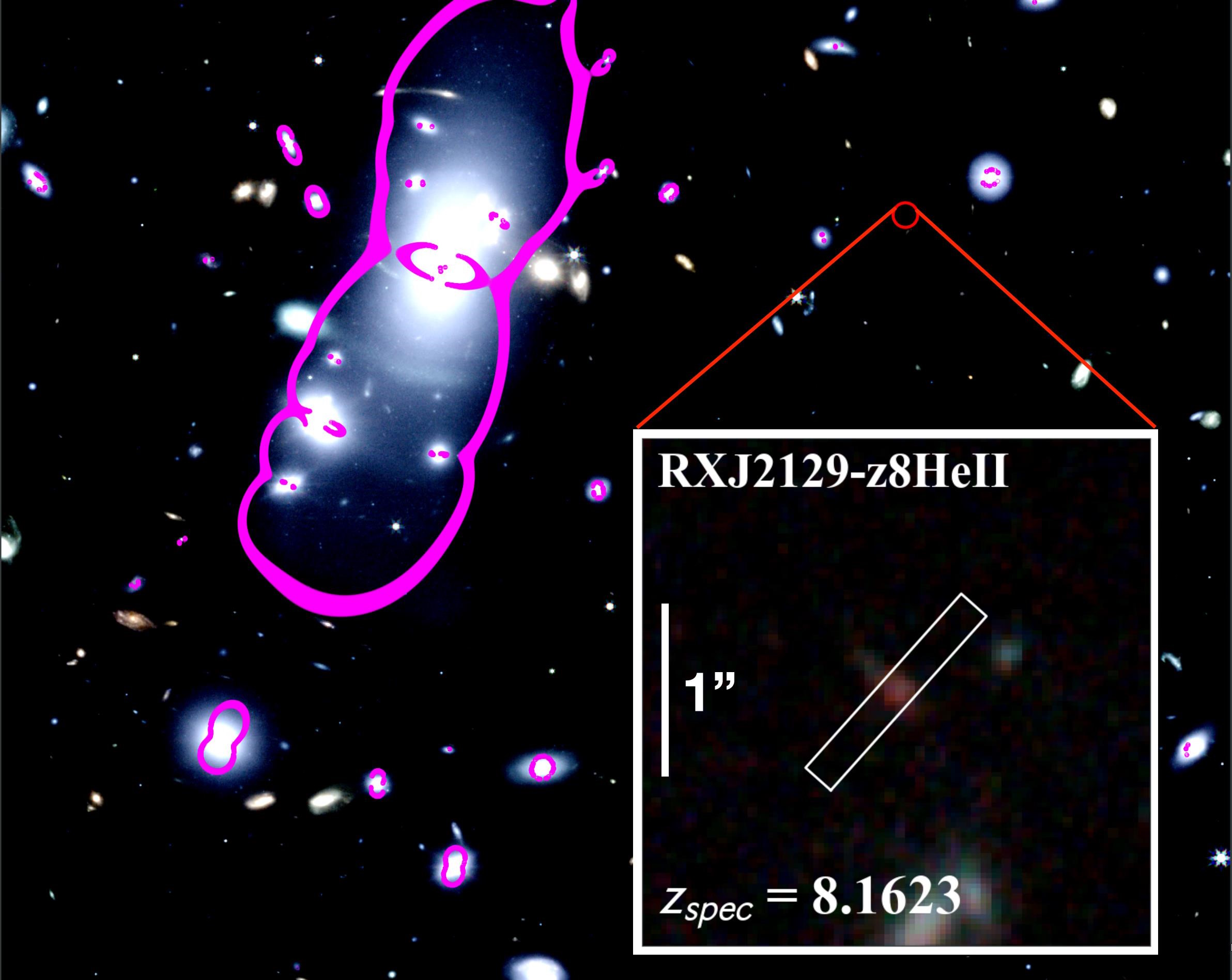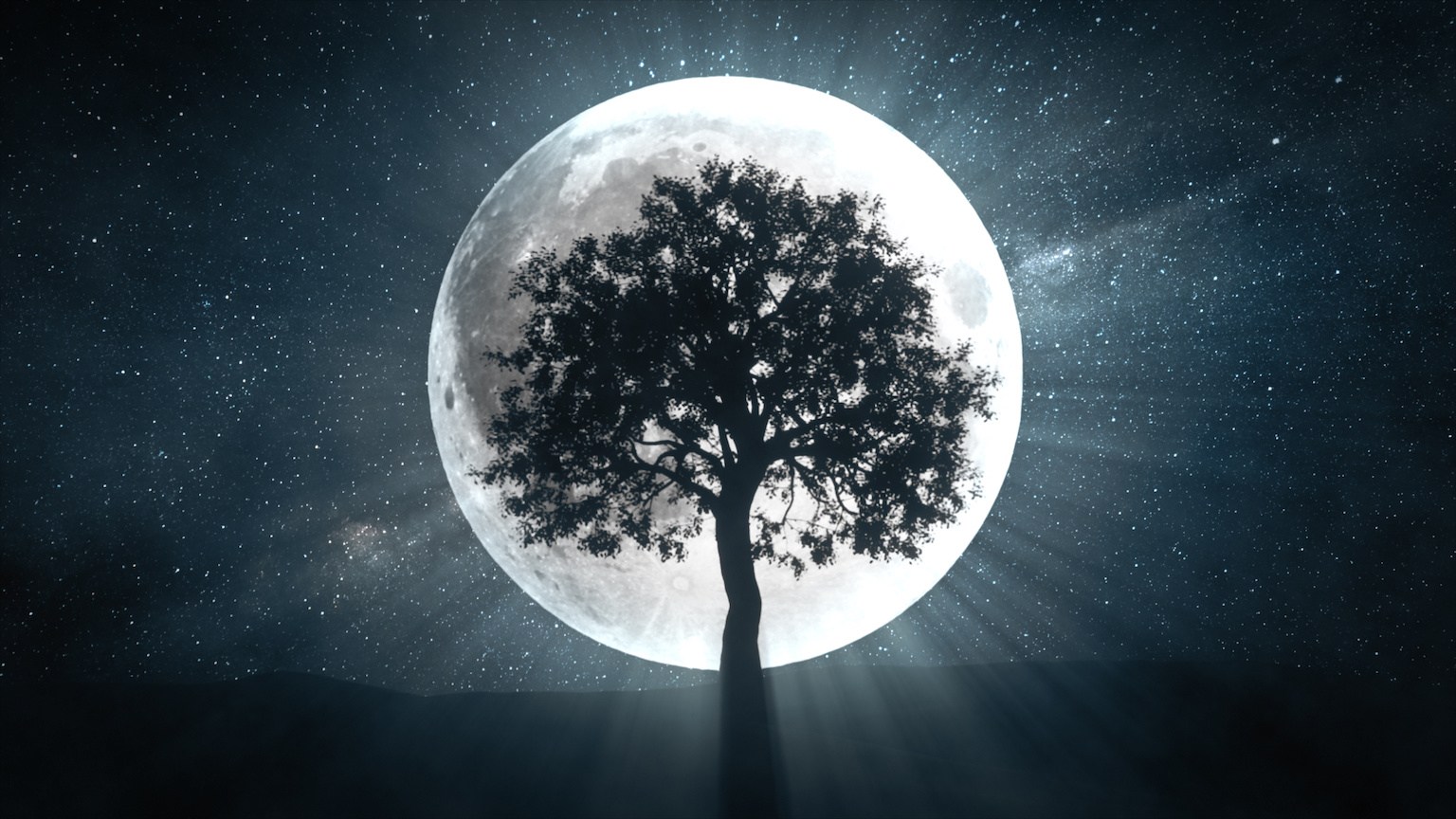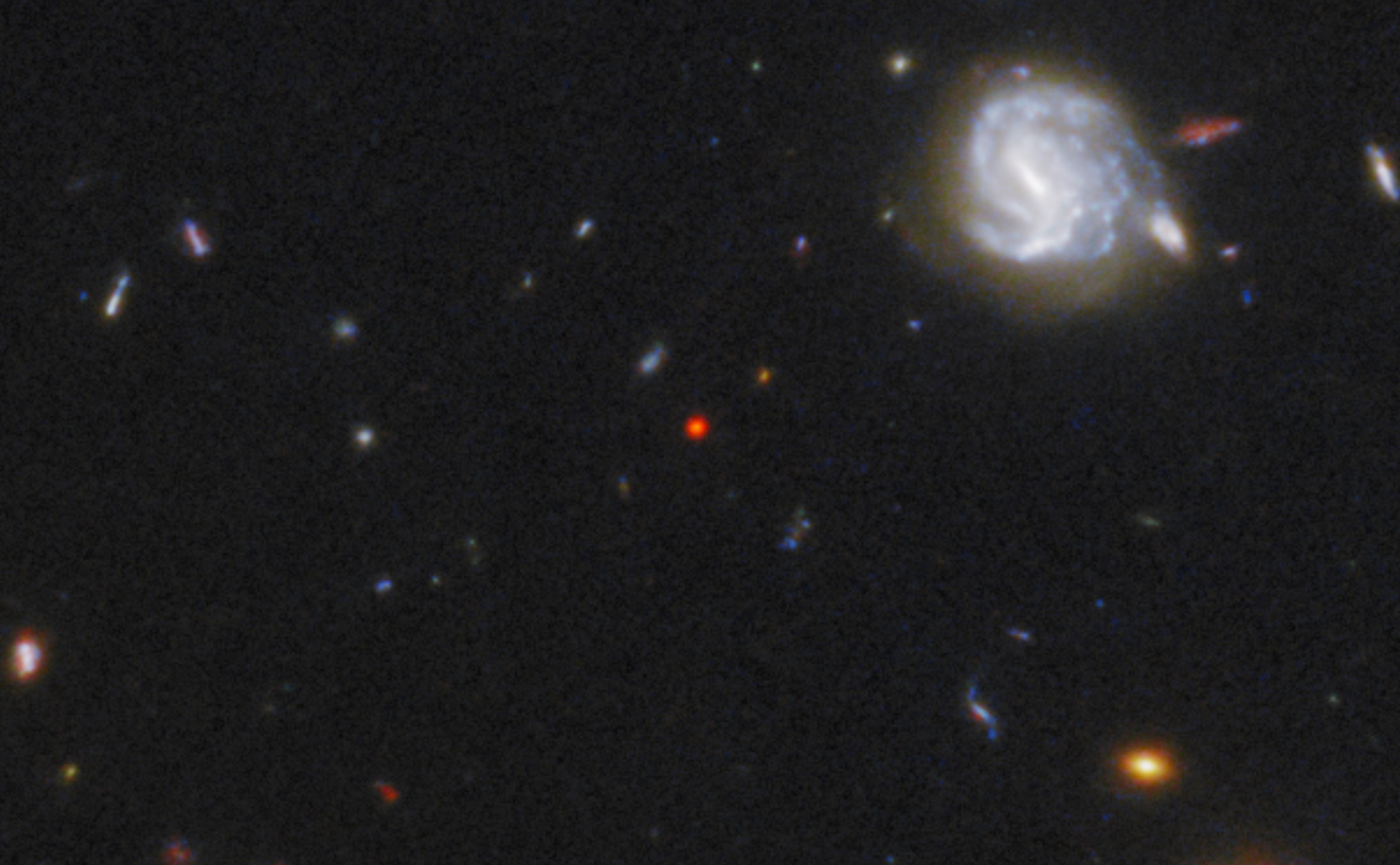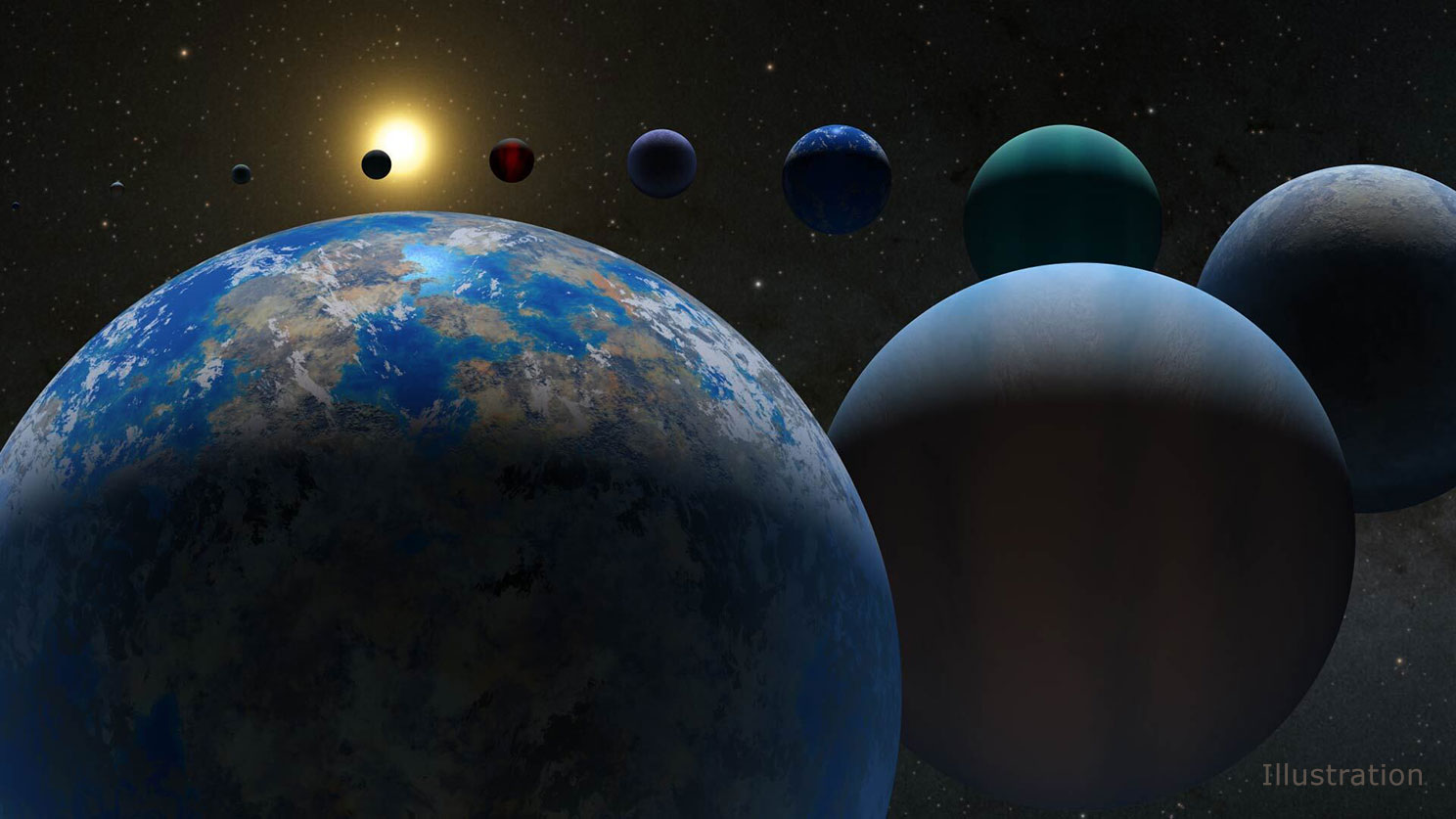Astronomical archaeologists get a peek of the first stars in the Universe
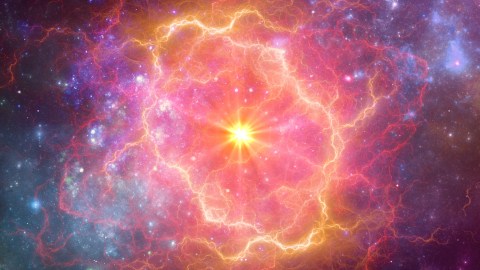
- The oldest stars in the Universe were made primarily of hydrogen and helium and were much bigger than the stars we see today.
- They also died differently in supernovae that were not nearly as violent and produced clouds with relatively little iron.
- By examining the debris of dead stars, astrophysicists can piece together cosmic history in much the same way as archaeologists piece together human history.
When one looks up at the clear night sky, it’s hard not to be spellbound by the deepness of space, leavened by the twinkling of stars, which somehow seem eternal. However, not all stars are the same. Some, like our own, are relative newcomers to the cosmos, while others — long gone and completely absent from the telescopes of humanity — were formed in the first few moments of the Universe. Recently, astronomers using the European Southern Observatory (ESO) have seen striking evidence of these cosmic ancestors.
Back to the elements
The periodic table of elements was mostly empty at the beginning of the Universe. After the Big Bang, essentially only two elements were present: hydrogen (92%) and helium (8%), with tiny trace amounts of other elements. All the rest formed later.
Because of this particular mix of elements — most notably, the lack of heavier metals — the very first stars grew to be much larger than those found in the present day. Indeed, many were ten times the mass of the Sun, and a few were one hundred to one thousand times as massive. These stellar giants burned through their fuel very quickly, consuming it in only a couple million years. (In contrast, our own Sun has burned for thousands of times longer than that at about 4.6 billion years.)
During their lives, nuclear fusion inside these giant, ancient stars created heavier elements. However, because of their enormous mass, the details of the fusion processes differed somewhat from those occurring in modern stars.
Ancient stars died differently
When the fuel ran out for these massive, ancient stars, they exploded in cataclysmic events called supernovae. Their contents were blasted into interstellar space, mixing with the primordial hydrogen and helium that surrounded them. However, some of these early supernovae weren’t quite as violent as the ones we see today, which means that the iron found at the core of the star wasn’t ejected to the same degree as were the lighter elements, located in the outer layers of the stars.
Astronomers reasoned that if they could observe clouds of gas in the early Universe that were predominantly hydrogen and helium but also contained other lighter elements — but very little iron — then they would be seeing clouds composed of both elements formed in the Big Bang, mixed in with the debris from the earliest stars.
Cosmic spotlights
To image these clouds, astronomers used the ESO’s Very Large Telescope (VLT) to look at very distant quasars to illuminate gas clouds. A quasar occurs in a galaxy in which the supermassive black hole found at its center is actively “eating” — that is, absorbing the large amounts of gas and stellar material that are falling into it. As this occurs, the materials heat up, emitting enormous amounts of light. Essentially, the researchers used quasars as cosmic spotlights that happened to be pointed at Earth, and the quasars they selected existed when the Universe was 10% to 15% of its current age.
As that light travelled toward Earth, it passed through the gas clouds that the astronomers wanted to study. As the light passed through the clouds, certain wavelengths were absorbed by the elements in the cloud. (Like a fingerprint, each element absorbs a different combination of wavelengths. By observing the light that passed through the cloud, researchers can determine which elements were present.)
As the researchers hoped, the gas clouds contained hydrogen, helium, and a handful of lighter elements (carbon, oxygen, magnesium, and silicon), however there was a marked deficit of iron. Thus, the astronomers concluded that they were seeing the chemical signature of the leftover debris of the very first stars to come into existence after the Big Bang.
Astronomical archaeologists
Archaeologists can learn a great deal about how individuals and societies lived by studying what they left behind when they died. Astronomers are doing much the same thing when they study stars that lived long ago and have been lost to history.
